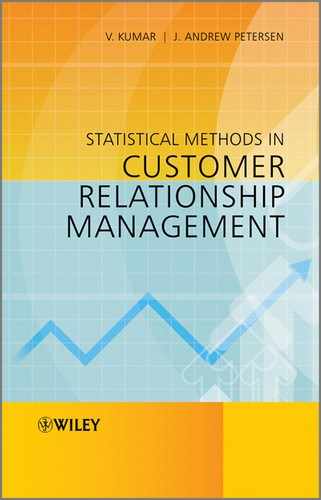Appendix I
Proportional Hazards Model
(Sources: Kalbfleisch and Prentice [1], Franses and Paap [2])
A second way to include explanatory variables in a duration model is to scale the hazard function by the function ![]() , that is,
, that is,
where ![]() denotes an arbitrary, unspecified, baseline hazard function for continuous
denotes an arbitrary, unspecified, baseline hazard function for continuous ![]() . Again, because the hazard function has to be non-negative, one usually specifies
. Again, because the hazard function has to be non-negative, one usually specifies ![]() as
as
If the intercept ![]() is unequal to 0, the baseline hazard is identified upon a scalar. Here, if one opts for a Weibull or an exponential baseline hazard one again has to restrict
is unequal to 0, the baseline hazard is identified upon a scalar. Here, if one opts for a Weibull or an exponential baseline hazard one again has to restrict ![]() to 1 to identify the parameters.
to 1 to identify the parameters.
The conditional density function of ![]() given covariates
given covariates ![]() is
is
The conditional survivor function for ![]() given covariates
given covariates ![]() is
is
where
The log-likelihood function for the proportional hazards model
![]()
is given by
which allows for various specifications of the baseline hazard. If we assume that the parameters of the baseline hazard are summarized in ![]() , the first-order derivatives of the log-likelihood are given by
, the first-order derivatives of the log-likelihood are given by
The second-order derivatives are given by
which shows that we need the first- and second-order derivatives of the baseline hazard and the integrated baseline hazard. If we assume a Weibull baseline hazard with ![]() , the integrated baseline hazard is
, the integrated baseline hazard is ![]() . Straightforward differentiation gives
. Straightforward differentiation gives
The maximum likelihood estimates are found by iterating over
for properly chosen starting values for ![]() and
and ![]()

